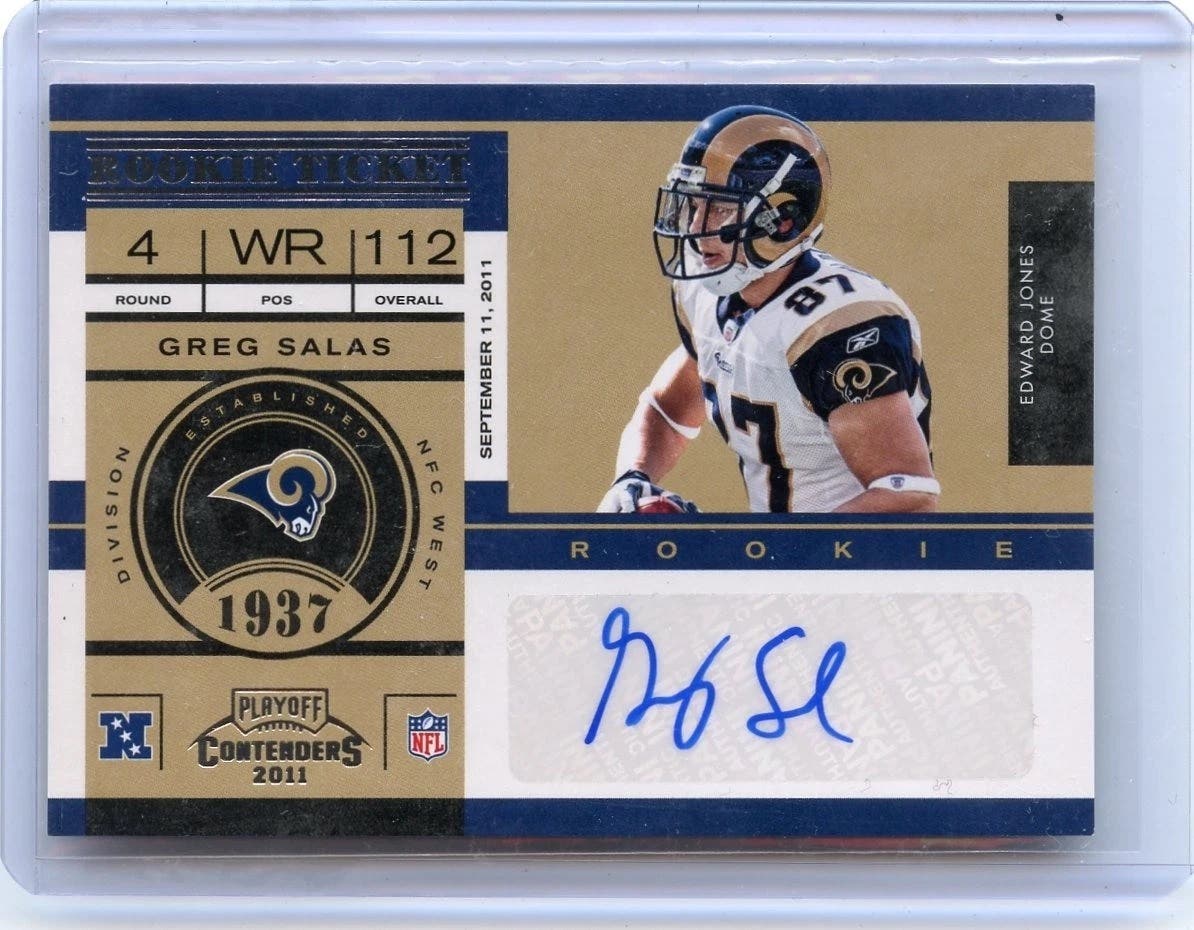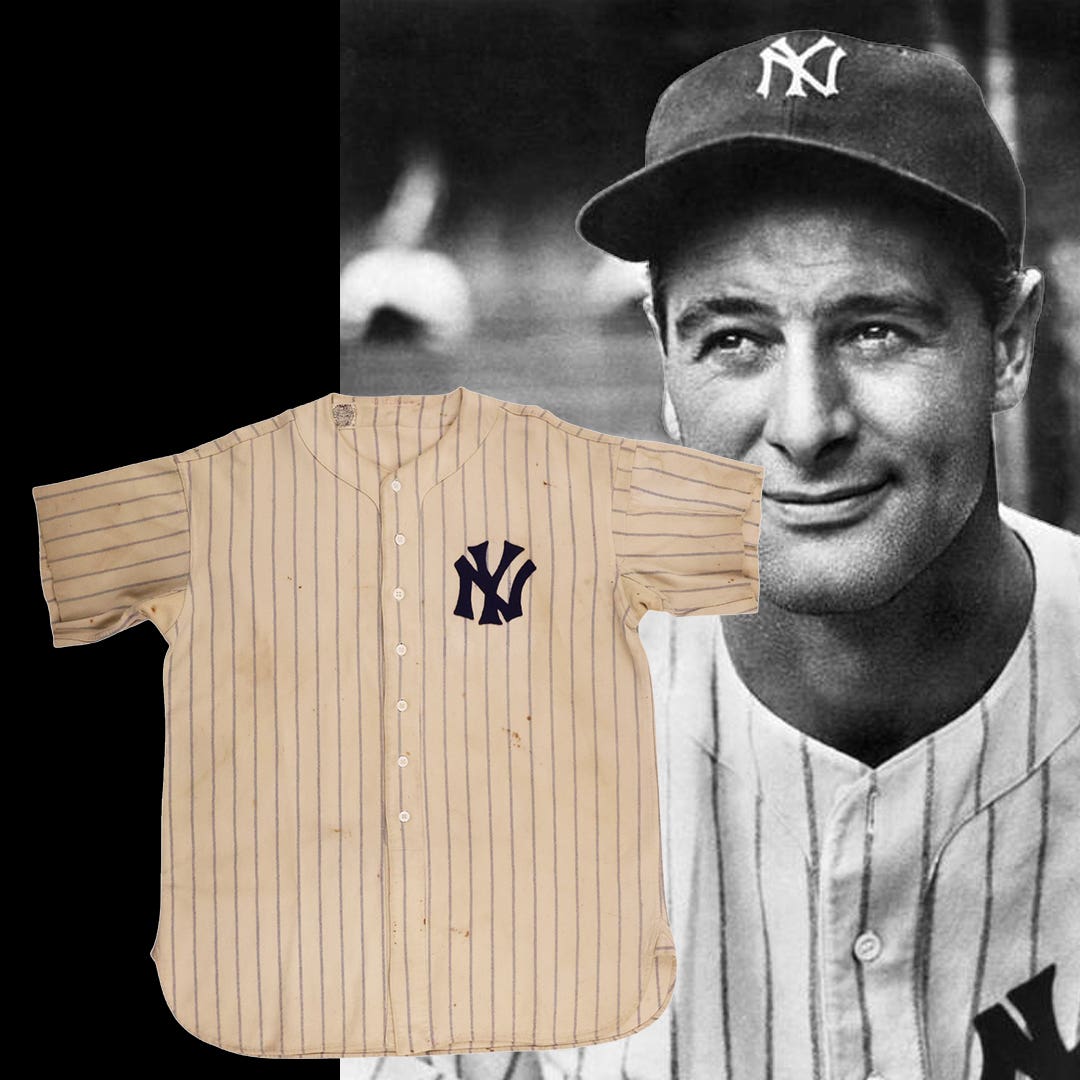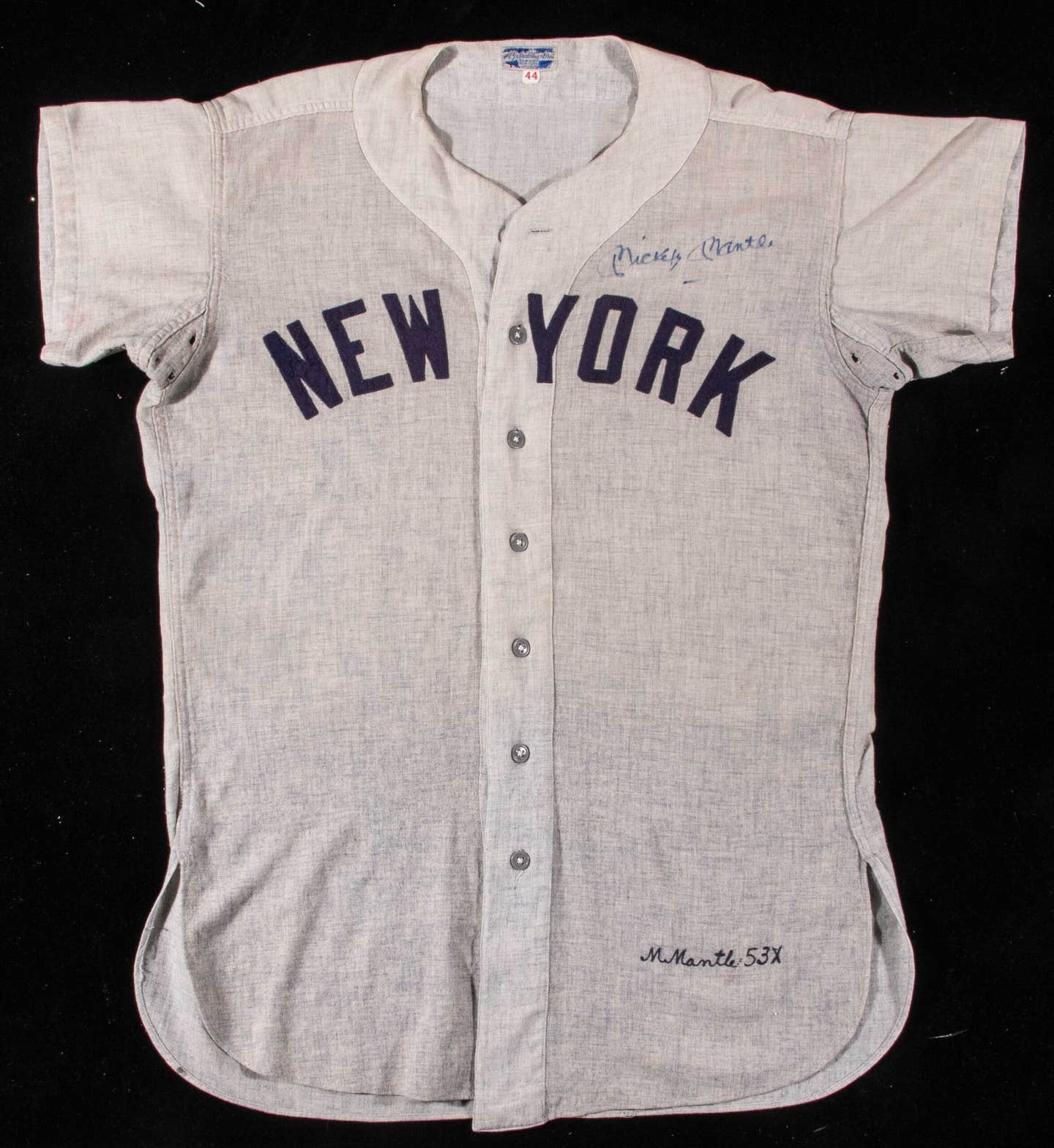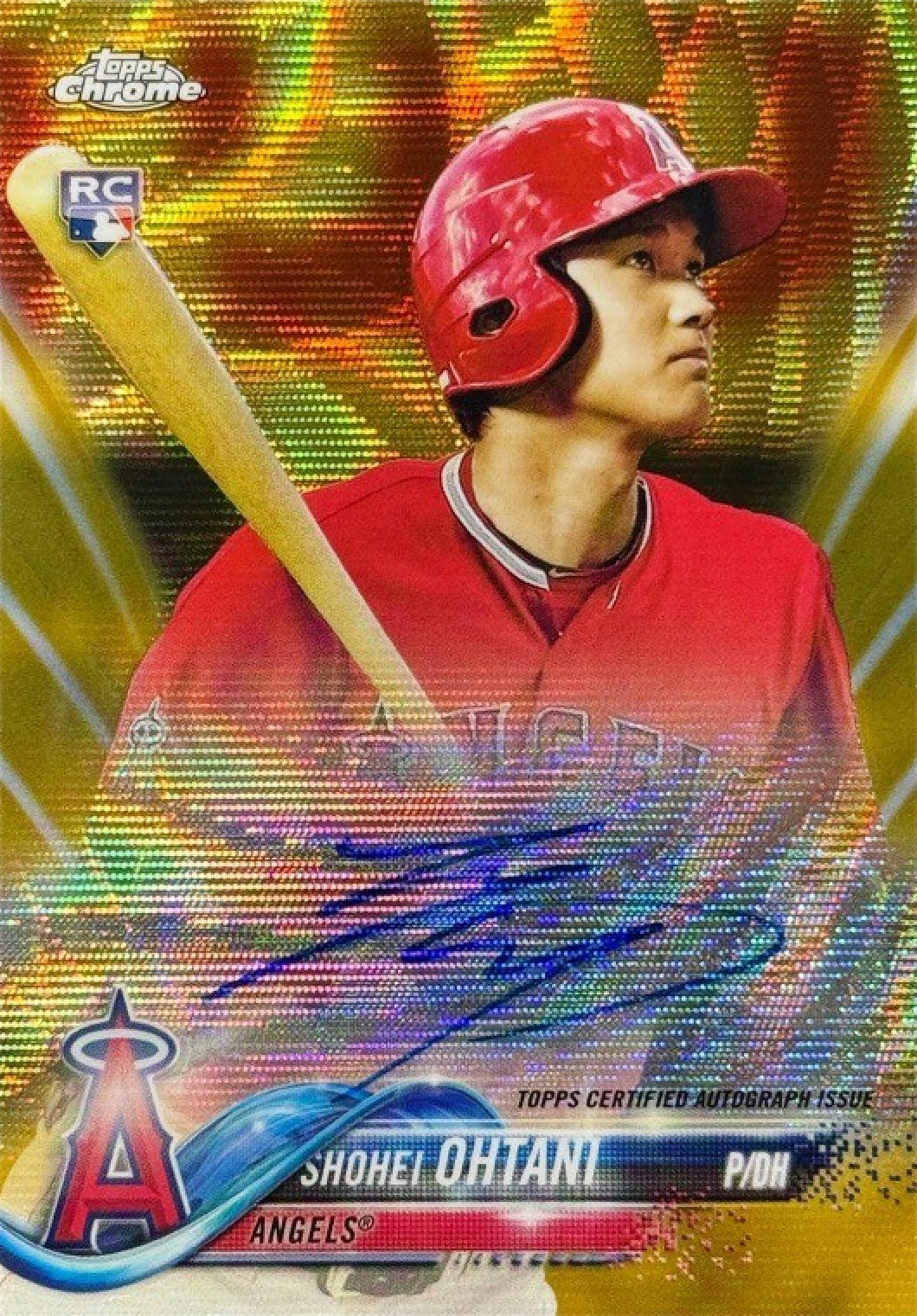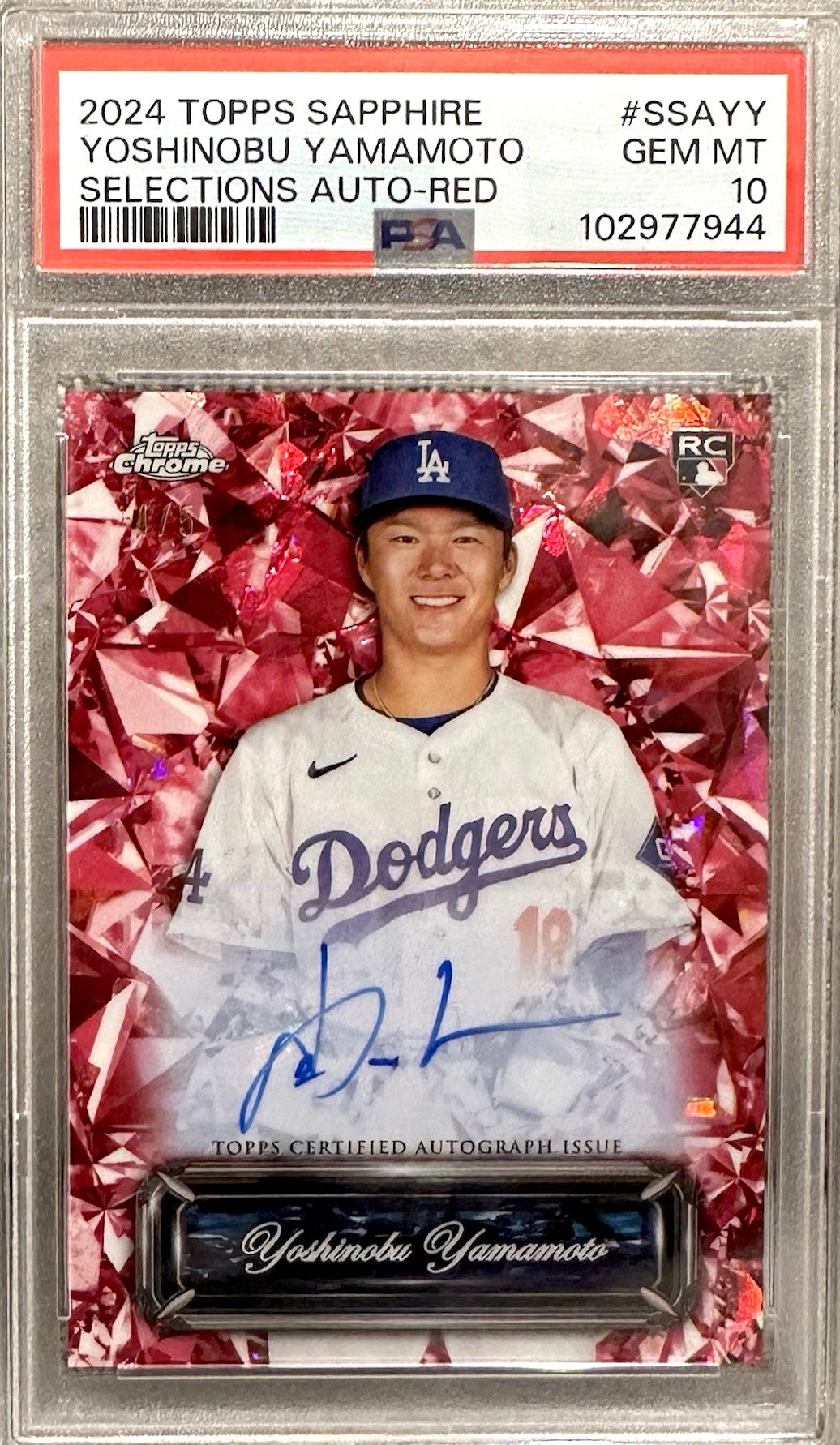Featured
A look at how Ken Griffey Jr.’s signature has changed through the years
By Bryan Petrulis
Editor’s Note: In the “Through the Years” article, we take a look at specific sports celebrities and how their signature has changed over time. All the signatures highlighted in the article have been obtained in person, directly from the player. Many collectors like to have the autographs in their collections certified. But many times “real” autographs fail authentication for one reason or another. Here we try to illustrate that there are variations of a player’s signature. Sometimes these variations occur due to the circumstances in which the autograph was obtained, for example, if the player was in a hurry, in a crowd, at an autograph appearance, or even the weather. Hopefully this helps you build a better collection and help keep fake signatures out of it.
In this installment of Through the Years, we highlight the signatures of Major League Baseball players Shawn Hillegas, Danny Tartabull, and Hall of Fame baseball player Ken Griffey Jr., and what their signatures looked like over their careers.
Ken Griffey Jr.
The first player we highlight is Hall of Famer Ken Griffey Jr. Griffey made his major league debut in 1989 with the Seattle Mariners. He Played for the Mariners, Cincinnati Reds and Chicago White Sox. He finished his playing career with a .284 batting average, 630 home runs, and 1,836 runs batted in. He appeared in 13 All-Star games, won 10 gold gloves and was elected to the Hall of Fame in 2016.
When Griffey Jr. first came up, he was a pretty good signer. In 1989, I was able to get him to sign his 1989 Fleer card (Image 1). Griffey had a pretty good signature.
You can make out a capital “K” for Ken with a distinctive loop to the left of the vertical line in the “K.” You can then see what looks like a “c” for the “e” and then an “n.”
For Griffey, you can see a capital cursive “G,” then a very small “r” connected to two blurry and small “f’s. The signature then continues with a small bumpy line ending in an angled vertical line representing the “e” and “y.” There is no visible “i.” He finishes his signature with a capital “J” for junior. In this signature there is no visible “r” to finish off the abbreviation of junior.
In 1990, I was able to get Ken Griffey Jr. to sign his 1990 Donruss card (Image 2). The 1990 autograph is similar to the 1989 signature except his signature was bigger. For Ken, you still see the cursive capital “K.” You can also see the “n” but this time there is no discernible mark for the “e.”
For Griffey, you can see a sloppy cursive capital “G,” and a small hump for the “r” or “i,” but there is no dot so I am summing it is an “r.” You can then see two very small “f’s and then a “y.” This time there is no discernible mark representing the “e” in Griffey as well. Griffey also wrote the bottom leg of the “J” right over the tail of the “y” making the “J” look connected to the rest of the signature. The “r” in junior is also once again missing.
Over the rest of his career, I never again did get Ken Griffey Jr.’s autograph in person. But in 2004 I opened a pack of R-Class baseball cards from Upper Deck and in that pack I got an authenticated Ken Griffey Jr. signed card (Image 3). That autograph also looks very similar to the 1989 and 1990 signatures with the exception that it is smaller because the signing space on the card was very limited.
You can see his normal capital cursive “K” with the loop to the left of the vertical line. There is one hump representing the “n” with the “e” once again missing. For Griffey, you can see the big cursive sloppy “G” that looks just like the 1990 signature. You can then see a line with a series of very small humps ending in a tail representing “riffey.” The “J” is also included in this signature but this time there is a loop for the bottom half of the “J” instead of a straight line ending in a small tail for the “r.”
Griffey Jr. is not an easy autograph to obtain. He is no longer part of affiliated or non-affiliated baseball and he does not answer his fan mail. You might be able to get him at a card show but I am sure the fee will be hefty.
Shawn Hillegas
Shawn Hillegas is the second player we highlight. He was a pitcher who played for the Los Angeles Dodgers, Chicago White Sox, Cleveland Indians, New York Yankees and Oakland A’s. He posted a 24-38 record with a 4.61 career ERA and 332 career strikeouts in 181 career games.
Hillegas was a former first round pick of the Los Angeles Dodgers who was used as a starter and reliever, who has been a pretty decent autograph signer. The first time I got Hillegas to sign for me was in 1988 shortly after he was traded from the Los Angeles Dodgers to the Chicago White Sox. He signed three cards for me and one of them was his 1988 Fleer card (Image 4). As you can see, he had a very nice signature.
Breaking down his autograph, you can make out every letter for Shawn. You can make out a cursive “S” that had a closed loop at the top and a closed loop at the bottom almost forming a funny looking number “8,” an “h,” an “a,” two small humps for “w,” and two more humps for the “n.”
For “Hillegas,” you can see a capital “H” with the horizontal line connecting the two sides at the top of the “H” instead of through the middle. You can see an “i,” two “l’s, an “e,” a “g” with the tail coming up to the right connecting to the rest of the signature instead of looping to the left and coming back to the right. The “e” is absent with the tail of the “g” connecting right to the “s” which he signs like a capital cursive “S” instead of a lower case “s.”
Hillegas’ signature has not change changed much over time. In 1992, I was able to get him to sign his 1992 Fleer card (Image 5). This signature looks almost exactly like the 1988 signature with a few differences.
In this signature the bottom loop of the “S” comes back through the middle of Shawn intersecting at the “w.” You also can not see the “a” and there are only three humps representing the “w” and “n.” For Hillegas, the line connecting the two sides of the “H” is now across the middle instead of the top. Also, the “g” and the “s” appeared to be crammed together.
One of the reasons I wanted to highlight Hillegas is because of the third card I have. I wrote to Hillegas through the mail asking him to sign a few cards for me. One of the cards that was signed and returned was his 1990 Upper Deck card (Image 6). I believe that anything signed through the mail addressed to a residence in Pennsylvania are fake autographs.
As you can see the autograph is much smaller that the signature signed in person. The Capital “S” in Shawn is completely different as well as the “H” in Hillegas. Also, you can now see an “a” at the end of Hillegas and the last “s” is different from the in person signatures, it is now a lower case cursive “s” instead of a capital cursive “s.” So, you might want to find a different Shawn Hillegas signature if you have one of these in your collection.
Hillegas has proven to be a hard autograph to obtain. He is not currently working in affiliated or independent baseball and it does not appear he is answering any fan mail.
Danny Tartabull
The third player we highlight is former major league outfielder Danny Tartabull. He played for the Seattle Mariners, Kansas City Royals, New York Yankees, Oakland A’s, Chicago White Sox, and Philadelphia Phillies. Tartabull was a .273 career hitter with 262 home runs and 925 runs batted in in 1,406 career major league games. He also topped the 100 RBI mark in a season five times during his career.
Tartabull was a lukewarm signer throughout his career. In 1986, Tartabull signed his 1986 Fleer card (Image 7) for me. For Danny, you can see a big capital “D” with the rest of Danny squeezed inside of it. You can see an “a,” one hump for “nn,” and then a small bumpy line with a tail for the “y.”
For Tartabull, not too many letters are represented. You can see a big capital “T,” an unusually big lower case “a,” a small hump for the “r,” a loop with a line through it for the second “t,” a small hump for the second “a,” then a loop which looks like an “l” ending in a tail. The “b,” “u,” and a second “l” are not visible. What you can also see in this signature is that Tartabull added his nickname, “Bull,” in the middle.
The second autograph I have for Tartabull is on his 1988 Topps card (Image 8) I got when he was a member of the Kansas City Royals in 1991. This autograph, as compared to the 1986 autograph looks like the rushed version. You can still see the big capital “D” in Danny with a little hump at the beginning absent from the first signature. You really cannot make out any letters for the rest of Danny but there is what looks like a lower case “g” in the middle of the “D” which then exits the “D” into a circle right at the side of the “D” which then continues right into the “T” for Tartabull. But for some reason, he finishes with a loop and then begins the “T” again.
It’s hard to tell exactly which line is used to designate which letter in his name as there are a few lines written over each other. The signature continues on with a big hump then a smaller one and then into a loop with a tail. The tail then comes back over the last name to cross through the loop and through the capital “T.” It’s a much sloppier version of the 1986 autograph.
Tartabull, just like Hillegas, I wrote to in the mail and received an autograph that does not look like the ones I got when he played. I sent a 1991 Topps card (Image 9) for Tartabull’s signature. As you can see the big capital “D” is missing. It is replaced by something that looks more like an “S” than a “D.” You can then see three small humps that go into a loop and finish off with a semi-straight line. They also put the #4 as part of the signature. No autograph I had received before did Tartabull include his number. The only similarity this signature has with the previous signatures is the crossed loop at the end.
Tartabull is now living in California and not part of organized baseball. He supposedly answers fan mail charging $10 an autograph made out to the “Real Danny Tartabull.” But you will get the third autograph that I have highlighted here that I do not think is real. Buyer beware.
As you can see, a player’s signature can change over time or even from day to day. As long as you know you got it in person, it will always be a real one to you as well as the great memory you will always have of meeting that player.



